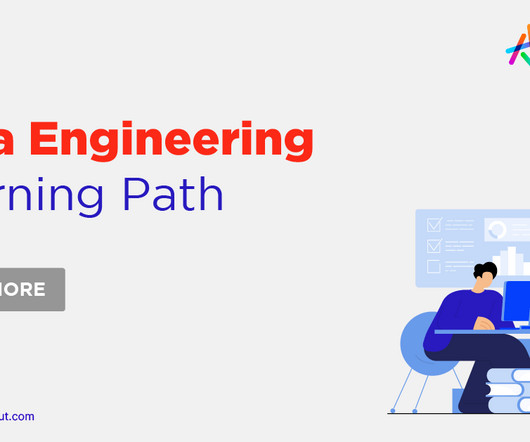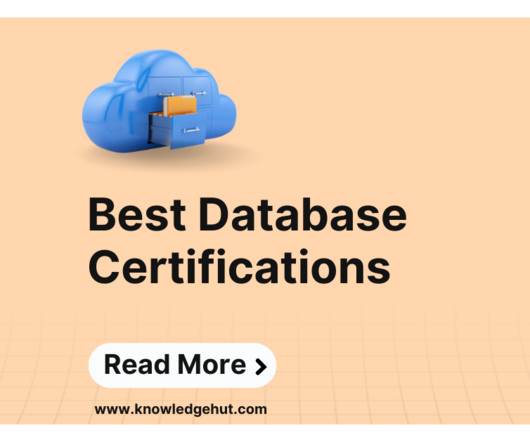Data Engineering Learning Path: A Complete Roadmap
Knowledge Hut
JUNE 23, 2023
Steps to Become a Data Engineer One excellent point is that you don’t need to enter the industry as a data engineer. You can start as a software engineer, business intelligence analyst, data architect, solutions architect, or machine learning engineer. You can also post your work on your LinkedIn profile.













Let's personalize your content